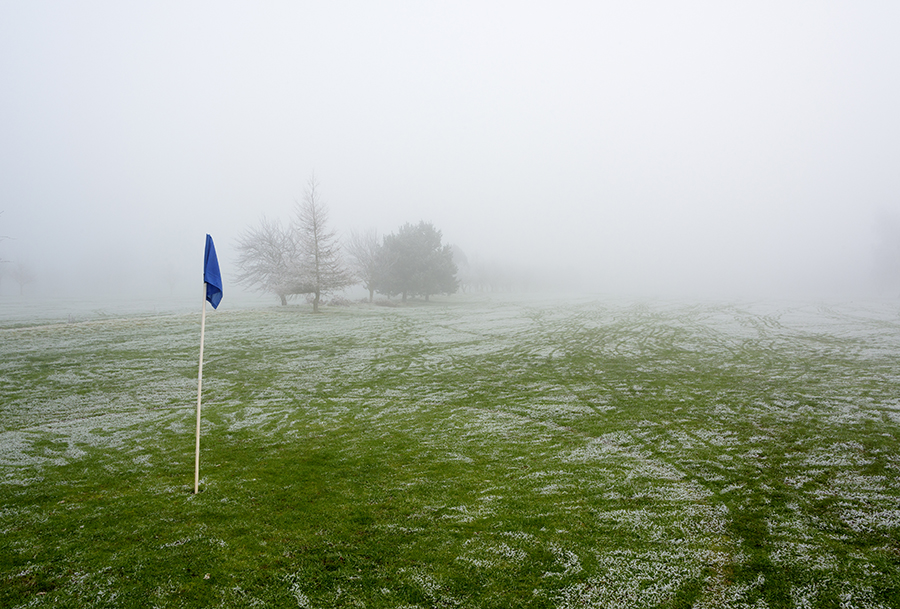
Winter nutrients help ensure a strong Spring transition.
Choose Programs That Enhance Wintertime Performance & Recovery
Posted in General by Curtis Williams
By Dale Miller, AmeriTurf Agronomist
It is apparent that the transition belt and central regions are having a cooler, cold winter. This is not unusual following the El Nino years we had and relative warm winters of the past few years.
After more than 30 years of turf management experience, this weather pattern is pretty typical, and actually predictable.
As these patterns are to a great degree predictable, what needs to happen going in and coming out is something that has been tried and true for many years as well.
We have discussed going into the colder months strong with carbohydrate management programs, storage programs and hardening off programs.
These ensure the plant will have the best chance for a smooth and uneventful transition in the spring as well as a generally improved and often color-maintained appearance in the winter.
Though there is good reasoning and purpose for the use of pigments in the transition area of the country, it is equally as beneficial to maintain appropriate nutrition and moisture during the winter months.
The old days of self-inducing dormancy are gone if you want to have a good transition and improved conditions during the winter.
On the cooler years like these, the good is that if maintaining carbohydrates, proper nutrition is important, as you will not lose it as much as you do on the mild years when the plant cycles in an out of growth much more frequently and deeper.
It is still important however to make sure that when the plant does start to green up again, when temperatures get back into the 50s-60s, that applications are made to recharge the carbohydrate tank in the plant and get a bit of recovery before the next cold event.
Spraying when temps are above 50 degrees is critical to get uptake of any real benefit. Soil based nutrition this time of year has little merit as biological activity and root uptake are slow at best.
Products like Rx Supreme, Component Core, Vibrant Red and other soluble, amino acid based inputs will be most successful when using available N sources like Potassium and Magnesium Nitrate.
Calcium Nitrate will also work, but is best in the spring when the plant is finally waking up and growing new material more vigorously.
K and Mg in the cool season are much more beneficial in slow metabolism periods, with low sunlight and cool temperatures.
I continue to stress though that overuse of Nitrogen will be an issue. You can expect strong outbreaks of leaf spot as the plant is weak and cellular integrity is compromised.
A bit of Si in programs in the cool weather is also very beneficial as it will help support the weakening of cells and give the plant stability it would not otherwise have.
Most of all, stay on program – do not miss opportunities to make applications when weather permits and most important, be patient; do not over fertilize, especially during the winter.
We have a couple months to go before we start thinking about transition. Be patient and things will be far better when spring arrives.
Please get with your AmeriTurf Sales Consultant or Agronomist for further information and support.